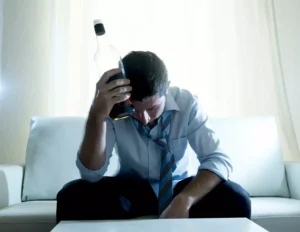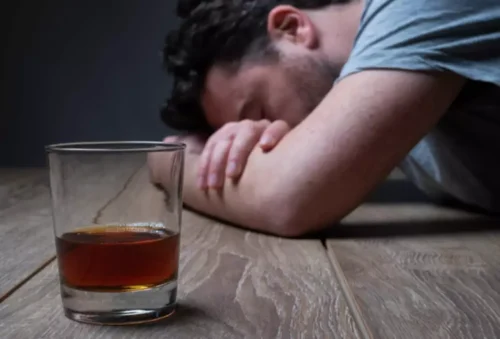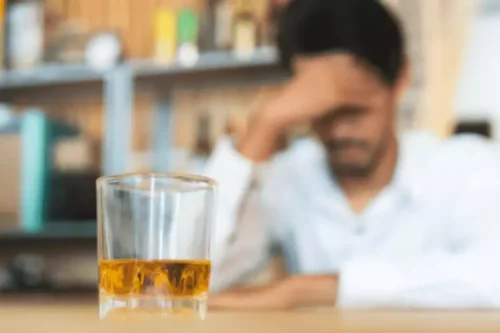
Addiction experts have not conducted many studies on alcohol tapering, as tapering is not considered the ideal way to quit alcohol. As a result, little information is available regarding the best way to taper. That said, some independent groups have stepped in, publishing sample tapering schedules to guide people trying to cut back on drinking. Another significant factor in how long a taper lasts is alcohol withdrawal symptoms. After all, the point of a taper is to minimize alcohol withdrawal symptoms. If you begin to have withdrawal symptoms during your taper, this is a sign that your taper may be going too fast, and you need to slow it down.

Who Experiences Alcohol Withdrawal Symptoms?

Dr. Streem says that if your goal is to stop drinking altogether, you’re more likely to have success quitting all at once, rather than weaning off alcohol. Whether you’re sober curious, know for sure you’re ready to quit, or fall somewhere in between, Dr. Streem shares advice for how to stop drinking. If you’re living with alcohol use disorder (also known as alcoholism), you’ll likely benefit from additional medical interventions. For many other drugs, tapering is actually a standard treatment during medical detox. For people who depend on opioids, benzodiazepines, or antidepressants, it is typical to slowly reduce someone’s dosage as opposed to immediately cutting them off completely. We are dedicated to transforming the despair of addiction into a purposeful life of confidence, self-respect and happiness.
Tapering Off Alcohol
If you plan to taper, you must create a schedule that is right for you. Substitution involves replacing alcoholic beverages with non-alcoholic ones. This can help address the habitual aspect of drinking, like having a beverage in hand at social events without the alcohol content. Over time, you can decrease the alcoholic drinks while increasing the non-alcoholic ones while still following the same behaviors you were used to. The effects of alcohol can vary depending on weight, gender, age and other factors. Each person’s alcohol metabolism is different, and even though a blood alcohol content (BAC) of .085 is considered legal intoxication, a BAC lower than .08 may adversely affect some people.
How Long Does Tapering Off Alcohol Take?

AUD can be dangerous, especially when you drink heavily in one sitting, risking alcohol poisoning. But quitting alcohol after becoming dependent can also be dangerous. Just as what is a useful method for one person may not be for another, what is a safe method for someone how to taper off alcohol may not be for someone else. If alcohol withdrawal is so dangerous, is tapering off alcohol necessary for everyone who drinks? If you’ve been drinking consistently for a long time, it’s a good idea to consider the safest way to stop when it’s time to cut back.
Alcohol tapering is definitely possible, but the question of whether or not it works is not quite as straightforward. In the same way that everyone person is unique and their experience with addiction is going to be unique, the most effective method of recovery is also going to vary from person to person. Medical detox programs for alcohol dependency commonly offer medications to ease the discomfort or pain of withdrawal.
- With kindling, the brain becomes increasingly sensitized to stopping alcohol.
- Tapering off alcohol at home versus under medical supervision can also lengthen the process, for the sake of safety.
- As many as 71% of people who go through alcohol detox experience symptoms of alcohol withdrawal.
- Consult with a healthcare provider for a personalized plan that may include exercise as part of your recovery.
- If you start to experience significant withdrawal symptoms when you stop drinking, a taper can provide a much safer method to detox from alcohol.
Serious symptoms caused by delirium tremens include hallucination and seizure. You should start by determining how much alcohol you drink per day in terms of standard drinks. Alcohol is a central nervous system depressant that affects your brain.

For example, one 12-ounce can of beer contains roughly the same amount of alcohol as a 5-ounce glass of wine or a mixed drink containing 1.5 ounces of alcohol. For some drinkers, cutting down on the amount of alcohol they drink simply does not work. They may cut back for a short period of time, but soon find themselves back to drinking at their usual level. This is especially true of heavy drinkers who are surrounded by the triggers that encourage drinking and lack the support needed to encourage change. If you plan to taper your drinking in order to stop, make sure you limit your intake consistently, avoid fluctuations, and adhere to a weekly reduction schedule with a set date to stop. A doctor can supervise your tapering progress, helping you manage your cravings and prevent relapse.

This can sometimes cause unpleasant withdrawal symptoms, and these symptoms can make it hard to stick with your recovery plan. Based on your medical history, your doctor can advise you about the safety of the taper. Reducing the amount of the chosen substance consumed daily is known as a direct taper, but it may not be effective for everyone. It is only advisable to direct taper if the preferred drink is beer with a low alcohol percentage. There are two types of triggers that can set off a person’s urge to drink. External triggers are people, places, things, or times that offer opportunities to drink and remind a person of alcohol.
- In order to fully recover, you can start your healing process by safely ridding yourself of alcohol.
- Attempting to quit all at once can lead to severe symptoms that can be difficult to manage safely outside of a detox setting.
- For this reason, you should not suddenly quit drinking without talking to your doctor.
- It can help to make use of standard drink measurements, as mentioned above.
- Quitting cold turkey can shock your system since it has become used to functioning with alcohol.
- To successfully taper your alcohol use, finding what works best for you is important.
